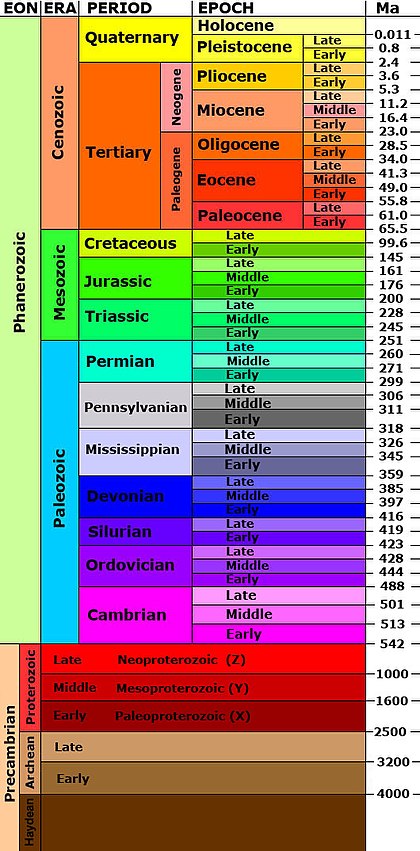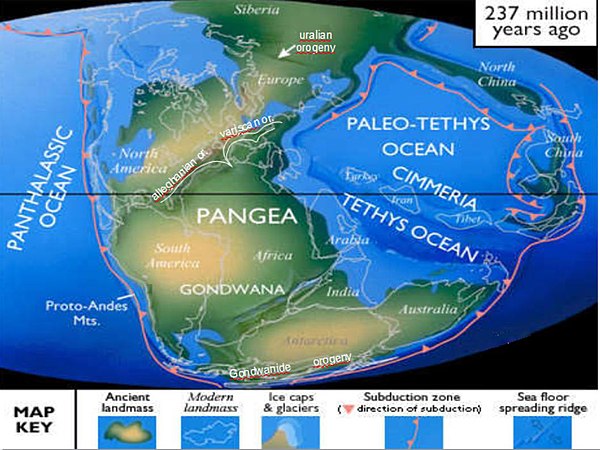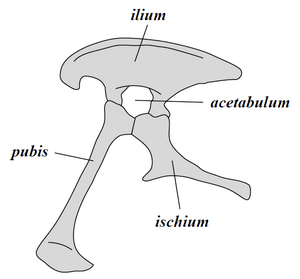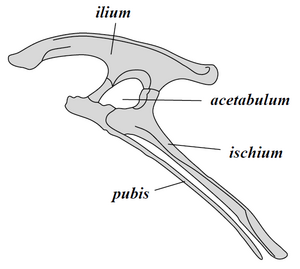Human earth shapers/ETHS101/Ecology and Evolution/Extinction at an end
Contents
The end of the Permian mass extinction
The end of the Permian period is also the end of the Paleozoic Era. The fossil record shows the biggest drop in the diversity of marine and land organisms in life's history on Earth. Many forms that flourished in the Paleozoic Era did not pass through to the Mesozoic Era. The reasons for the mass extinction are debated, but it is likely an enormous outpouring of magma and gases during volcanism in Siberia contributed to dramatic changes in the atmosphere, hydrosphere and biosphere.
Other Factors
We have only presented one of the possible contributors to this serious mass extinction event. Conditions on Earth were conspiring to create problems for the biosphere at that time.
- Continents stretched from pole to pole with a large mountain range near the equator.
- This configuration reduced world ocean circulation and upwelling, possibly creating anoxia (low to no oxygen) in the oceans. As well as this, there was reduced continental shelf areas (home to most marine biota today).
- The continental configuration also caused increasing aridity and heating of the atmosphere and also the oceans. Deserts spread and occupied the middle latitudes.
- Greenhouse gases increased, due to reduced biota. Heating may also have allowed the mass release of methane normally locked in ice in the ocean substrate (methane clathrate) adding to the greenhouse effect.
- You may like to read this BBC article, which further explains the impact of rising temperatures in the 'Great Dying'.
From all of this, you can see that things were already difficult for life, even without the added calamity of the gases released in huge quantities during the voluminous eruptions of Siberia!
More on Dinosaurs
Did you know that there were two main forms of dinosaurs?
It's all in the hips!
The images to the right, you can see the two hip configurations of dinosaurs. The first set of hips belongs to the "lizard-hipped" dinosaurs or Saurischians, where the pubis and ischium are separated. The second set of hips belongs to the so-called "bird-hipped" dinosaurs or Ornithiscians. Where the pubis and ischium are together. Tyrannosaurus Rex was a Saurischian and the Muttaburrasaurus and many other herbivorous dinosaurs were Ornithischians.
Birds actually evolved from the Saurischians.
Many dinosaurs are now known to have been feathered. Recently some scientists purchased amber (fossilised tree resin) at a market in Myanmar. The scientist were very excited to find intact baby dinosaur feet encased in the amber. The feet were covered in brown feathers.
The evolution of feathers, suggests that some dinosaurs were hot rather than cold-blooded.
Conclusion
In this learning pathway we have considered the dire consequences for life when there are major imbalances in Earth Systems. Biosphere collapse was driven by rapid (on a geological time scale) changes wrought by Earth's own geosphere or extra-terrestrial influences. Everything discussed had nothing to do with humans (except the dodos).
Humans: Earth Shapers has covered a breadth of topics. Initially, we looked at Earth systems: geosphere, hydrosphere, atmosphere and biosphere and discussed how these systems function and interact. We pondered how these systems have been dynamic over geological time. We learnt to read rocks and explored the fossil record, where there is evidence for major mass extinction events that happened long before humans evolved.
Humans, like all biota, interact with and impact on their environment. As human populations expanded and changed lifestyles they have a had an accelerating impact on Earth's systems. Today some of these impacts are on metal cycling, earth moving, land use, removal of primary productivity (e.g fishing), as well as the nitrogen cycle and the carbon cycle which are driving climate change. These changes are happening on scales often greater than in nature and in much shorter time frames. These drivers are causing stress on natural systems and organisms. Organisms can only respond to these stresses in four ways: tolerate the change, evolve to become something else that can tolerate the change, migrate to somewhere more suitable or if organisms cannot do any of these things then they will become extinct. Although the evidence is still inconclusive, if many organisms become extinct and the extinction rate is elevated we will be in the sixth mass extinction. And this time humans are implicated.
So does this matter? The philosophy part of this unit has asked you to reflect upon this. Humans are the authors of these changes, but we are also subject (as are all organisms) to the impacts of these changes. We cannot divorce ourselves from this and this has a moral dimension. As humans, and some argue that humans are the only creatures who can argue these questions, do we have a moral responsibility to ourselves and other organisms? You were invited to think about questions of your own and other peoples' personal values? Which of these values has authority and how can these values be put into practice and policies?
Policies lead to a discourse on governance. Governance is essential to making changes at global scales. In the unit we examined old and current governance. In many cases, these appear to be failing to deal with the looming environmental issues and the tragedy of the commons in general. New governance will be required to implement the changes we need to keep Earth habitable. These new modes of governance will arise from the markets, community, entrepreneurship and social movements.





